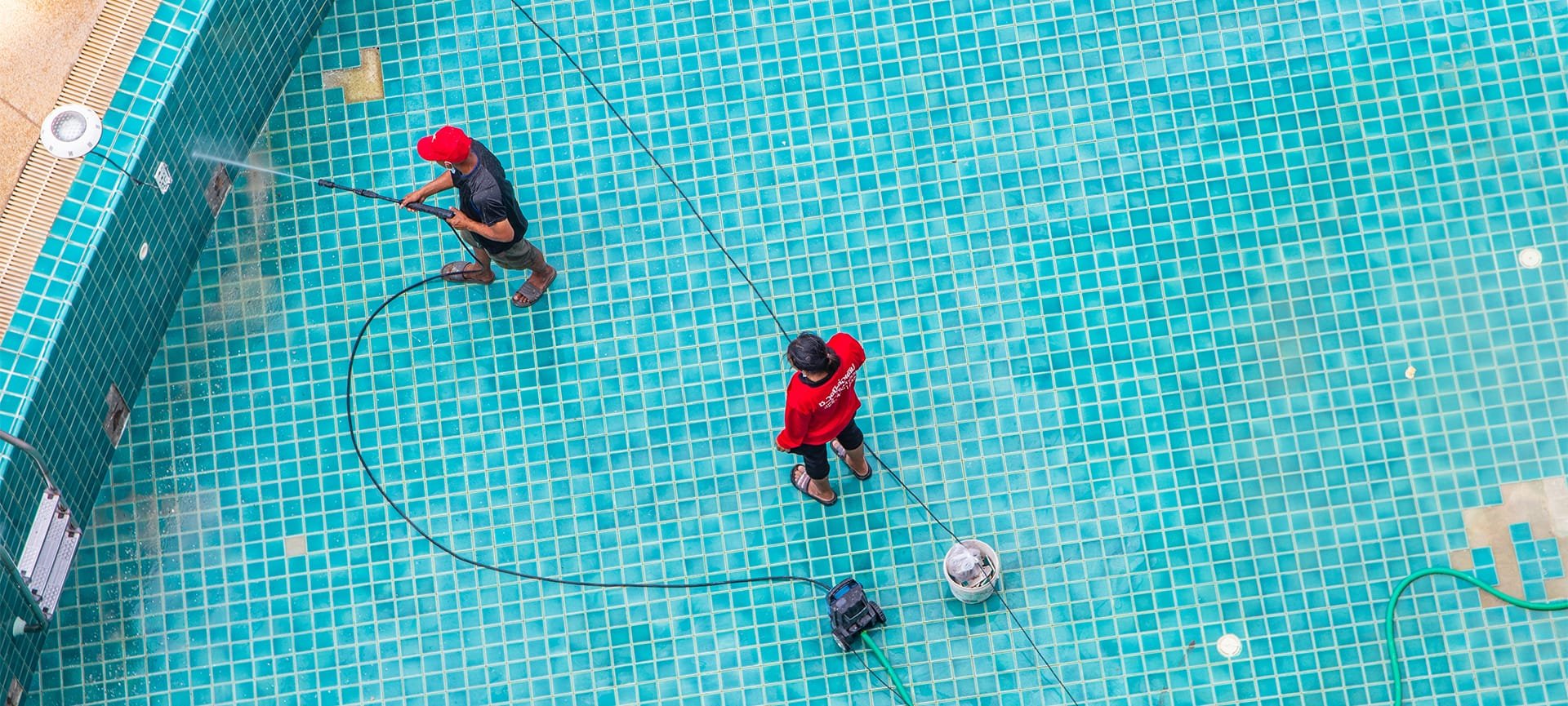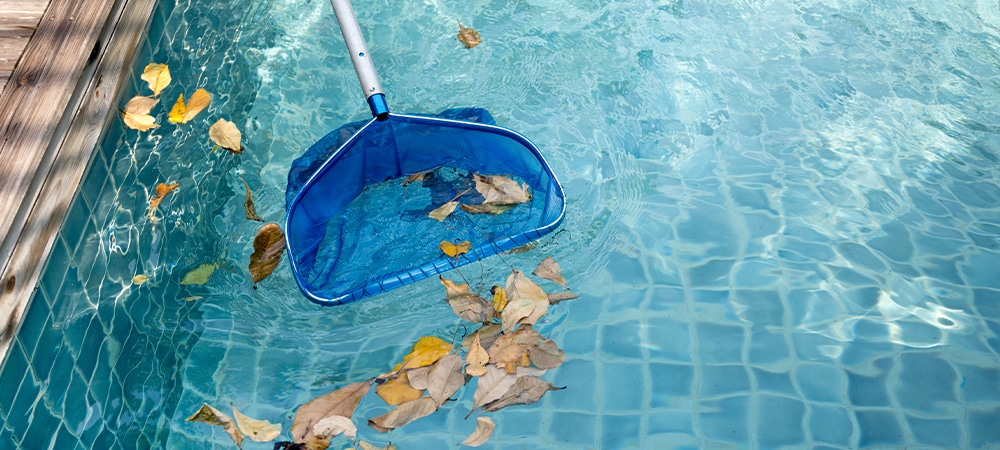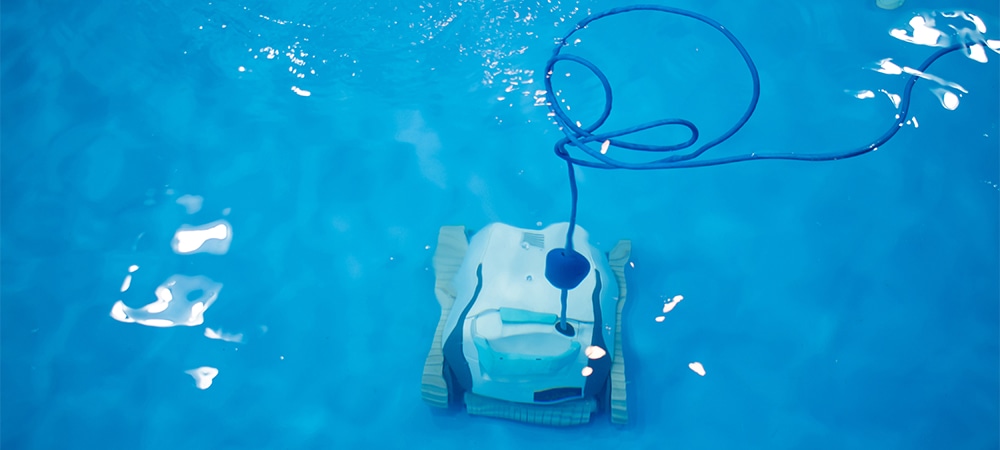The Ultimate Pool Restoration Process for a Stunning Backyard Upgrade

Pool restoration is the answer to rejuvenating an old or damaged pool, both inside and out. A restored pool is safe, reduces maintenance costs, is energy efficient and is longer lasting. Whether it’s minor repairs, resurfacing or a full renovation, restoration will turn a pool into a modern, functional and beautiful space.
At Green Side Up, we specialize in full pool restoration services, high-quality workmanship and durable solutions. Our process includes everything from structural repairs to modern equipment upgrades, so you can enjoy your safe and beautiful pool for years to come.
Related Article: How to Winterize a Swimming Pool
Pool Condition Assessment
Before restoration, a full inspection identifies structural issues, equipment malfunctions, and water quality problems to ensure all concerns are addressed.
- Surface & Structure – Cracks, stains, and rough patches impact both aesthetics and safety.
- Filtration & Plumbing – Malfunctioning pumps, filters, or pipes lead to poor water circulation and sanitation issues.
- Tiles, Coping & Decking – Damaged or loose materials can be safety hazards and reduce the pool’s visual appeal.
- Water Testing – Checks for chemical imbalances, bacteria, algae, and mineral buildup to maintain water quality.
A thorough assessment ensures a smooth and effective restoration process.
Draining and Cleaning the Pool
Once the initial inspection is done and all problem areas have been found, the next step in the pool restoration process is to drain and clean the pool. This step is crucial so all repairs, resurfacing and upgrades can be done on a clean and dry surface.
Safe Water Removal
Draining the pool must be done carefully and smartly so as not to damage the structure. Pools should never be drained improperly; sudden water removal can cause cracks, surface damage, or even shifting of the pool foundation. Professionals use:
- Submersible pumps to slowly and safely remove water while monitoring pressure levels.
- Proper drainage channels to direct the water away from the foundation and avoid flooding issues.
- Weather considerations so the pool is not left empty for too long to prevent damage from sun exposure or soil movement.
Once the pool is drained, it’s ready for a deep clean to remove built-up contaminants.
Surface Cleaning
Over time, pools accumulate stains, algae growth, calcium deposits and grime, which not only makes them look ugly but can also cause slippery surfaces and bacterial growth. Cleaning the surface involves:
- Pressure washing
- Chemical treatments
- Acid washing (if necessary)
By cleaning the pool shell thoroughly, the new finish or repairs will stick better and last longer.
Clearing Out Debris
Debris can accumulate in different parts of the pool, including the drains, skimmers and pump system. Before making any repairs, make sure to:
- Remove leaves, dirt and other obstructions that clog filtration systems.
- Inspect main drains and skimmers for buildup or blockages.
- Ensure water flow paths are clear before refilling the pool.
With a clean and debris-free pool, the next step can begin—repairing structural damage.

Repairing Structural Damage
Older pools often suffer from cracks, leaks, and tile damage, leading to water loss and safety risks. Proper repairs extend the pool’s lifespan and keep it watertight.
- Cracks & Leaks – Small cracks worsen over time, requiring sealing or resurfacing to prevent major damage.
- Foundation Reinforcement – Severe structural issues may need coatings, wall reinforcement, or soil stabilization to prevent shifting.
- Tiles & Coping – Replacing damaged tiles, re-grouting, and repairing coping improves both safety and aesthetics.
Addressing structural damage ensures a durable, leak-free, and visually appealing pool.
Pool Interior Resurfacing
After structural repairs, resurfacing the pool interior enhances durability, aesthetics, and leak prevention.
Choosing the Right Finish
Different resurfacing materials offer unique benefits:
- Plaster – Cost-effective but requires frequent maintenance.
- Pebble – Highly durable, textured, and resistant to chemicals.
- Quartz – Strong, long-lasting, and available in multiple colours.
- Fibreglass Coatings – Non-porous, algae-resistant, and low maintenance.
Applying a Waterproof Sealant
A high-quality sealant extends the pool’s lifespan by:
- Preventing leaks and sealing porous surfaces.
- Minimizing chemical wear for a long-lasting finish.
- Enhancing water retention to reduce maintenance issues.
Ensuring a Smooth Application
Proper resurfacing prevents:
- Rough textures that affect comfort.
- Peeling, cracking, or bubbles from poor adhesion.
- Inconsistent colour that impacts the pool’s appearance.
Professional resurfacing ensures a flawless, long-lasting pool finish.
Related Article: How to Hide Pool Equipment: Landscaping Ideas
Pool Upgrades
Modern pool technology saves energy, is more comfortable and requires less maintenance. Upgrading old equipment gives better water quality, lower energy bills and a more enjoyable swim.
Energy Efficient Pumps and Filters
Old pumps and filters use more energy and require more maintenance. New systems have:
- Variable speed pumps that adjust flow rates to save energy.
- Cartridge or DE (Diatomaceous Earth) filters that use less backwashing and better filtration.
- Automated circulation systems that optimize water movement and chemical distribution.
LED Lighting
Upgrading to LED lighting gives:
- Energy efficiency
- Customizable colour options
- Longer life
Modern Heating System
A reliable heating system extends the swimming season and gives consistent water temperature. Options are:
- Solar Pool Heaters
- Heat Pumps
- Gas Heaters
Automation and Smart Controls
Smart technology allows you to remotely control pool functions, making maintenance easier. Smart features are:
- Automated chemical balancing systems that maintain ideal pH and chlorine levels.
- Wi-Fi-enabled pool controllers that control heating, filtration and lighting via smartphone apps.
- Robotic pool cleaners that clean the pool with minimal manual effort.
Related Article: Pool Deck Design Plans: Choosing the Right Materials for Style and Durability

Pool Deck and Surroundings
A pool restoration isn’t complete without addressing the deck and surrounding areas, which impact safety, aesthetics, and functionality. Resurfacing and landscaping enhance the pool’s usability and appeal.
Resurfacing or Staining the Deck
Pool decks can crack, wear, or become slippery, creating hazards and an outdated look. Resurfacing or staining provides:
- Slip-resistant coatings for better traction.
- Heat-reflective finishes to keep surfaces cool.
- Modern design options like stamped concrete or stone overlays.
Repairing or Replacing Pool Fencing
A well-maintained pool fence ensures privacy, security, and compliance with safety codes. Restoration may involve:
- Repairing rusted or damaged fencing for durability.
- Upgrading to modern materials like glass or aluminum.
Landscaping Enhancements
Landscaping improves ambiance and usability with features like:
- Privacy hedges, decorative screens, and tall grasses.
- Shade structures such as pergolas and umbrellas.
- Seating areas, fire pits, and water features for relaxation.
Related Article: Pool and Landscape Design Trends for 2025
Refilling and Balancing Water Chemistry
Proper refilling and chemical balancing keep the pool safe and clean while preventing algae, bacteria, and equipment damage.
- Refill gradually to avoid stressing the pool’s structure.
- Balancing pH, chlorine, calcium hardness, and alkalinity for clean, clear water.
- Run pumps and filtration for 24–48 hours to distribute chemicals evenly.
Final Inspection and Quality Assurance
Before reopening the pool, a final inspection ensures proper function and safety.
- Test pumps, filters, and heating systems.
- Check for leaks, structural issues, and secure seals.
- Follow maintenance tips like regular cleaning, water testing, and monitoring equipment to preserve your investment.
With the deck, water chemistry, and equipment in top condition, your pool is fully restored and ready to enjoy!
Transforming Your Pool with Expert Restoration
Pool restoration offers an excellent opportunity to extend the lifespan of your pool, improve safety, and enhance its aesthetic appeal. Whether you need structural repairs, resurfacing, or equipment upgrades, professional restoration ensures that your pool will be more efficient, safer, and visually appealing.
Choosing an experienced professional like Green Side Up for your pool restoration guarantees high-quality workmanship and long-lasting results. From initial assessments to final inspections, expert restoration teams will guide you through every step of the process.
Ready to bring your pool back to life? Contact Green Side Up today for comprehensive pool restoration services tailored to meet your needs.
